Plants need sunlight. It’s a scientific fact that we have been taught since grade school, plants need two things to grow – sunlight and water. But for those who are interested in gardening and growing a variety of flowers and plants in their backyard, they know it can often be much more complicated than that.
How much sun and water do the plants need? Can plants get too much of these two elements? Is there a certain type of soil that is best for specific plants? Should I be fertilizing my plants? Is there something extra I can give them to make them grow more quickly or more full? These are questions you may have found yourself asking, especially if you’ve had poor luck growing anything in the past.
If you have found it difficult to grow certain plants – vegetables or flowering plants – in your backyard, a simple place to start is to consider the amount of sunshine they are getting. While it is true that all vegetation needs the sun’s rays to survive there are certain plants that thrive better in shaded areas.
Whether it is because your yard is shaded by trees or you are just looking for plants for the side of the house with the least amount of sun, the plants described below are some of the best to consider for those shady spots where you just can’t get anything else to grow.
Bleeding Heart
This common perennial is a beautiful addition to any flower bed or pot. It grows best in partial to full shade so consider planting it under full trees or placing it on a side of your house that only gets a few hours of sun.
The blooms of the bleeding heart are very distinctive as the flowers look like a tiny heart with a drop of blood at the end. Blooms can be pink or white and typically appear in late spring. They can bloom through early summer but then go dormant and disappear.
Creeping Jenny
The creeping jenny is a perennial that is perfect for spaces that have been hard to grow anything else, including fully shaded areas. It is a ground cover that forms a mat over the soil and spreads easily. The round chartreuse-colored leaves are evergreen even through the winter. In the summer months, small yellow flowers will appear.
Hostas
There is a large variety and hybrids of hosta plants that come in a range of shapes, colors, sizes, and textures. They are some of the easiest to grow shade-loving plants and require little maintenance. Their large, broad leaves grow best in well-drained soil and can also tolerate areas of partial to full sun. In late summer, hostas will grow tall shoots with white flowers at the end.
One of the greatest features of hostas is that they come in such a wide variety of sizes that they can be planted almost anywhere, beds, borders, pots, you name it. Their miniature varieties are as small as a couple of inches while the wider varieties can grow up to 6 feet across. You will often find beds of hostas in smaller yards with large trees that do not let enough light in to grow a lawn.
Hydrangea
If you are looking for a shade plant that also produces colorful flowers then a hydrangea may be what you need. These plants are easy to grow and do better in places with light shade as opposed to full shade. Afternoon shade is the best option. You will want to watch the variety that you decide to plant as some hydrangeas prefer full sun.
These plants typically bloom in June and July but will hold their color through the fall. The produce large flower clusters that resemble a mop-head. It is recommended that hydrangea plants be pruned after they are finished blooming because they start making next year’s blooms in the late summer and are susceptible to winter damage.
Japanese Forest Grass
For something less colorful to grow in shaded areas you may want to consider Japanese forest grass. This clump-forming grass is hardy and best in partial to full shade. It can be grown in full sun as well if you live in a cooler climate. This grass’s arching leaves come in a variety of green shades and some have yellow stripes down the middle. In the fall the grass often turns red, orange, or purple making it a great plant for all spring, summer, and fall.
Lily of the Valley
This plant is another perennial with tiny blooms that are bell-shaped. It is one of the most fragrant flowering plants and is easy to grow. Blooms can be seen from Spring until early summer and then colorful red seed pods remain on the plant after it is done flowering.
As a shade plant it is best in the full shade of large trees. However, it easily adapts to partial shade and even full sun as long as it is cool. While Lily of the valley prefers moist soil, when grown in full shade it can also tolerate being dry.
Foam Flower
The foam flower has a unique appearance with its multi-colored fuzzy foliage and white masses of star-shaped flowers that grown on wire-like stems. It is a ground cover and a native to wooded areas so grows best when surrounded by trees. This plant blooms from mid-spring to summer and prefers partial shade with cool, well-drained soil.
Dead Nettle
While its name does not sound very attractive this ground cover plant has a beautiful silvery foliage that is often spotted in appearance. It will grow best in full or partial shade and spreads very easily. If it becomes too invasive it can simply be pulled out of the ground in small clumps or replanted. Dead nettle grows small 1-inch flowers that resemble snapdragons and can be purple, red, pink, or white in color.
Columbine
Another easy to grow perennial, the columbine can be grown in everything from full shade to full sun. It blooms with delicate bell-shaped flowers that come in yellow, orange, or red. Its dark green foliage turns a beautiful maroon color in the fall. This plant self-seeds and spreads very easily. However, in colder climates it should be covered with mulch in the winter in order to maintain growth as each plant only lasts 3-4 years.
Gardenia
Another shade-loving plant with beautiful blooms, the gardenia is a fast-growing shrub. In hot climates it prefers areas with cooler morning sun and shade during the hot afternoons. It thrives best in the light-filtered shade of tall trees. Some varieties will do well in the full sun if you live in a cooler climate.
The blooms of the gardenia appear in mid-summer and last until early fall. Its flowers are white and appear waxy. They are extremely fragrant. Many people enjoy cutting gardenia blooms for vases and flower arrangements.
As you consider what to plant in your shady garden area you will want to think about whether you want something that blooms or is simply a ground cover. You will also want to keep in mind how wide and tall different plants grow and how they will fit into the space you provide them. While this list does not even begin to name the hundreds of plants that love to be grown in the shade, these are 10 of the most popular and easy to grow. So, do your research, pick what appeals to you, and happy growing!

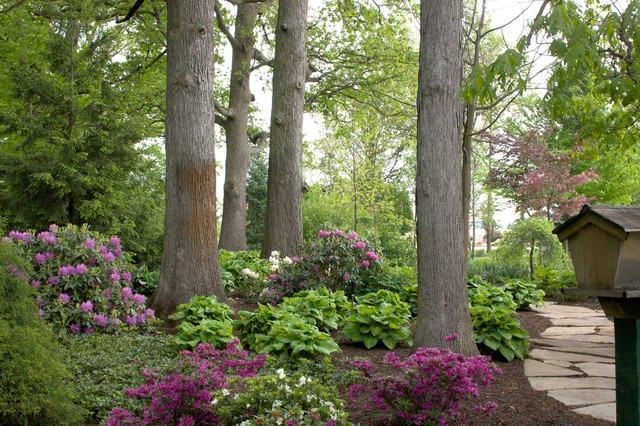
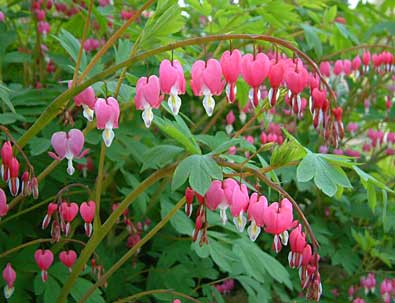
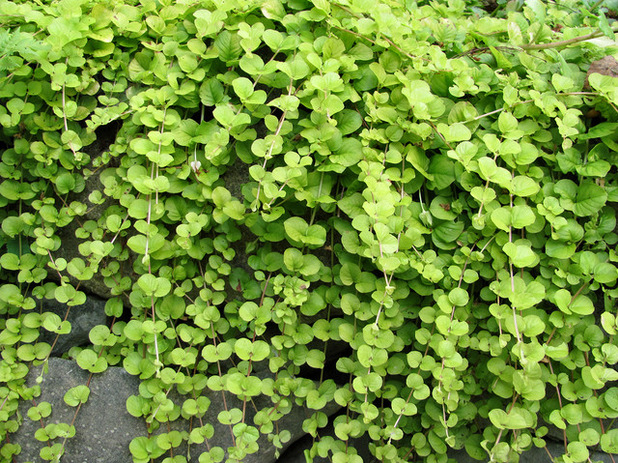

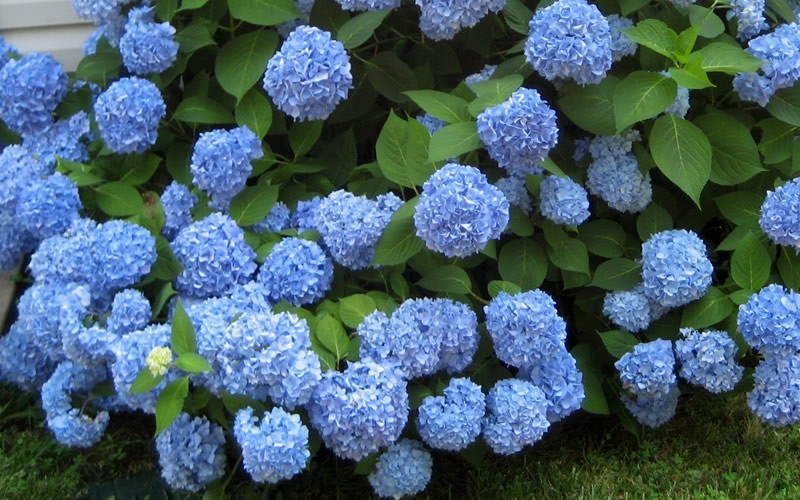
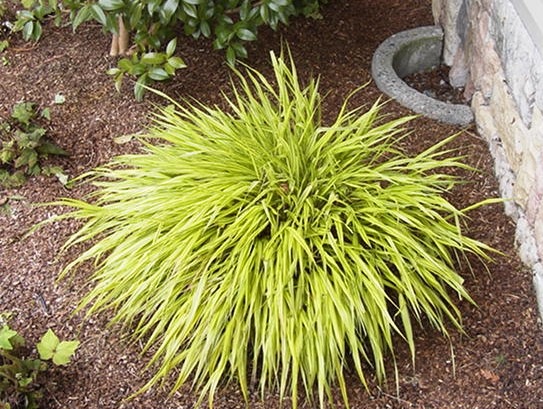
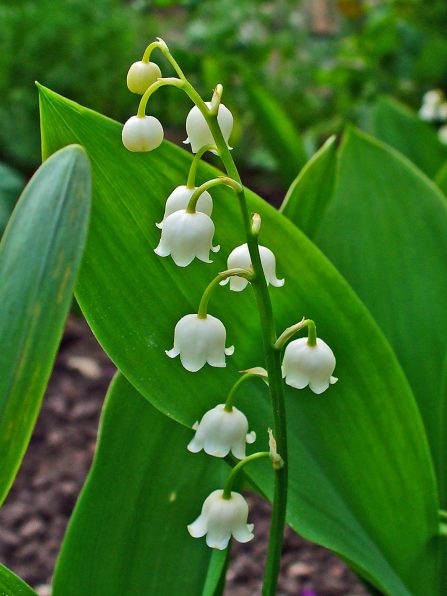
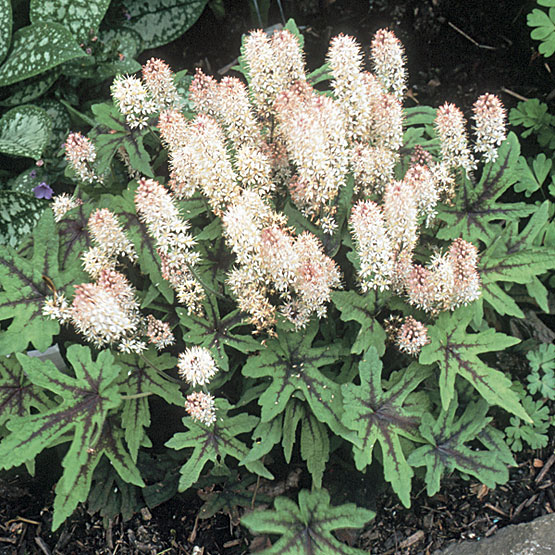
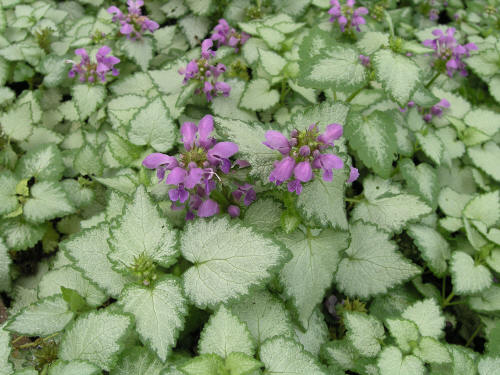
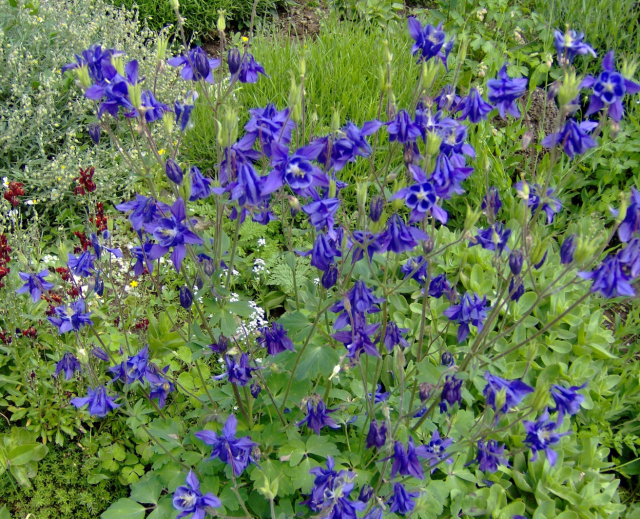
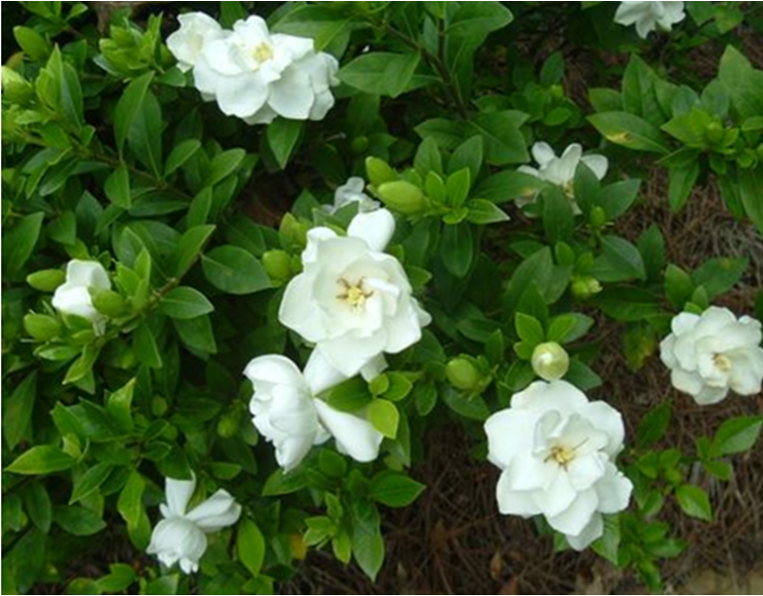
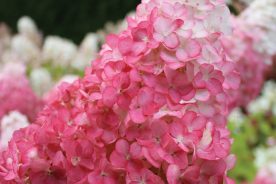
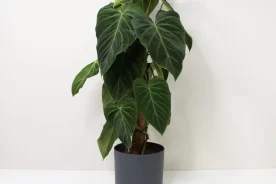
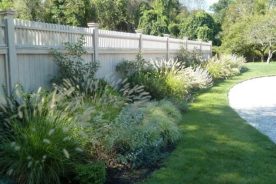

No Comments